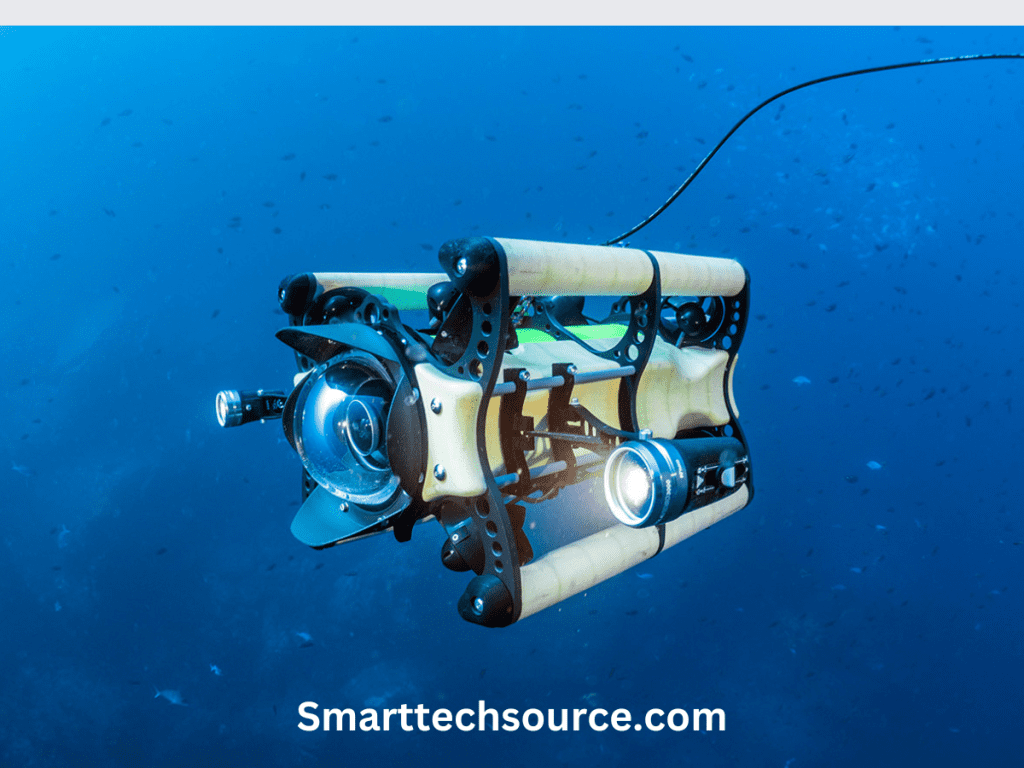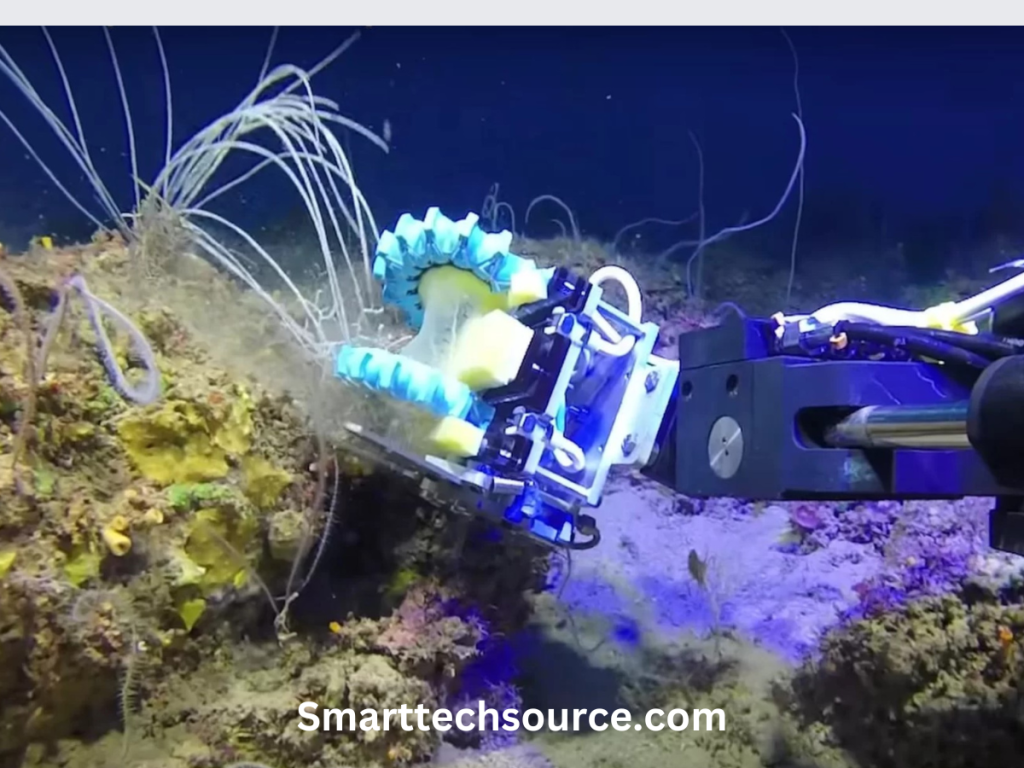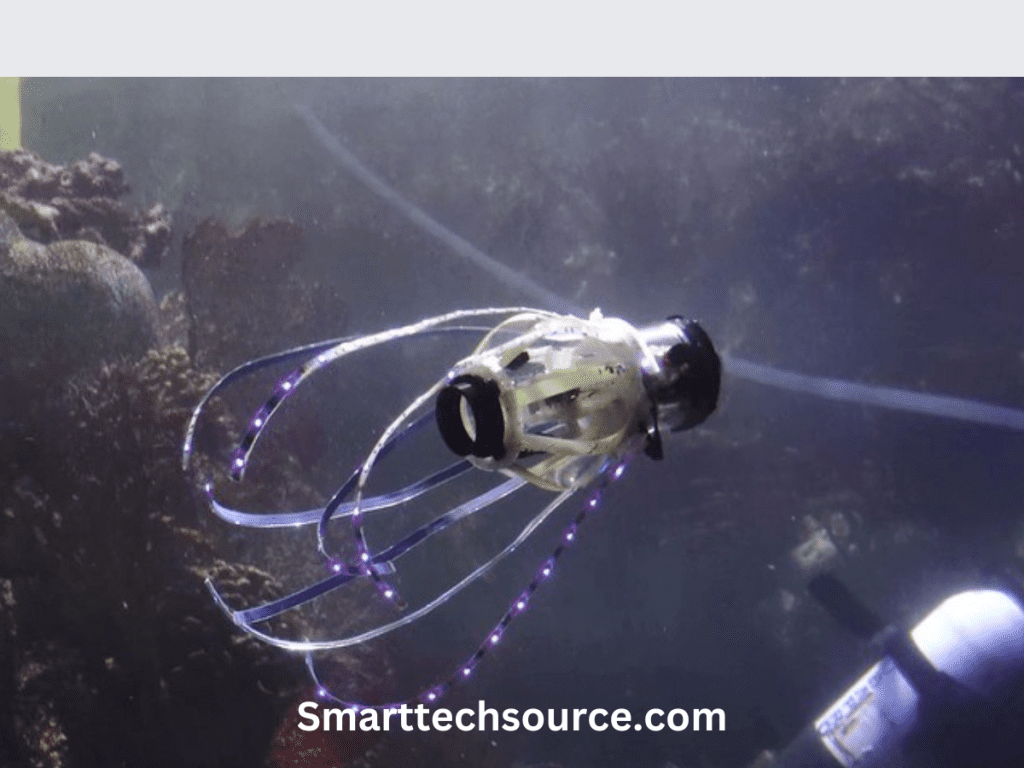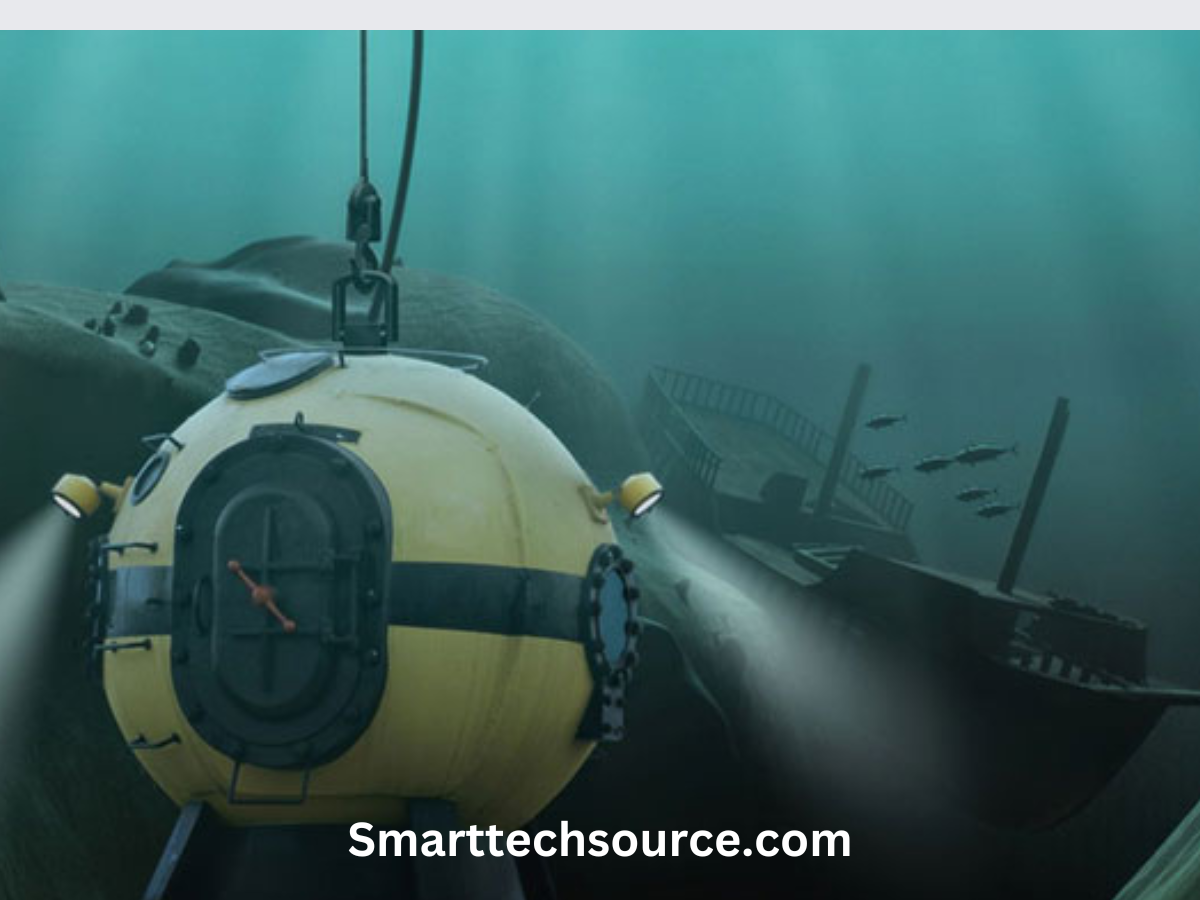The ocean covers more than 70% of the Earth’s surface, yet it remains largely unexplored and unknown. The ocean is a vital source of food, energy, and resources, as well as a key regulator of the climate and the biosphere. However, exploring and studying the ocean is challenging and costly, due to its vastness, depth, and harshness. The use of robotics in underwater has played vital role in marine research.
Fortunately, advances in artificial intelligence (AI) and marine robotics have opened up new possibilities and opportunities for ocean exploration and research. Scientists can use marine robots, such as autonomous underwater vehicles (AUVs), underwater gliders, and autonomous surface vehicles (ASVs), to access the ocean more easily and measure and understand marine environments better.
In this article, we will review some of the applications and benefits of using robotics in underwater exploration and marine research, as well as some of the challenges and limitations that need to be overcome.
Applications and benefits of robotics in underwater exploration and marine research

Robotics can be used for various purposes and tasks in underwater exploration and marine research, such as;
Mapping and imaging the seafloor(The use of robotics in underwater):
Robotics can help to create high-resolution maps and images of the seafloor, which can reveal its topography, geology, and biodiversity. Using sonar and optical sensors, AUVs can collect data and send it through maritime broadband radio and cloud-based services for processing and analysis. This can help to identify potential resources, hazards, and habitats, as well as to monitor changes and impacts over time.
Studying deep-sea ecosystems and organisms:
Robotics can help to observe and sample deep-sea ecosystems and organisms, which are often inaccessible and poorly understood. Cameras, lights, and manipulators allow remotely operated vehicles (ROVs) to explore and interact with the deep-sea environment.. This can help to discover new species, understand their adaptations and behaviors, and assess their vulnerability and resilience to human activities and environmental changes.
Monitoring and maintaining marine infrastructure and operations:
Robotics can help to inspect and maintain marine infrastructure and operations, such as offshore oil and gas platforms, pipelines, cables, and renewable energy devices.Flexible and snake-like robots can perform tasks such as cleaning, repairing, and replacing components on the seafloor, where they can stay for up to six months at a time. This can help to reduce the risks and costs of human intervention, as well as to improve the efficiency and reliability of marine operations.
Conducting ocean science experiments and missions:
Robotics can help to conduct ocean science experiments and missions, such as measuring physical, chemical, and biological parameters, collecting water and sediment samples, and deploying and retrieving instruments and sensors.A network of mobile and adaptive observatories can form when underwater gliders and ASVs navigate and communicate autonomously with each other and with other platforms. This can help to increase the spatial and temporal coverage and resolution of ocean data, as well as to enable adaptive and collaborative sampling strategies.
Challenges and limitations of robotics in underwater exploration and marine research



Despite the potential and promise of robotics in underwater exploration and marine research, there are also some challenges and limitations that need to be addressed, such as:
Technical and operational challenges:
Technical and operational challenges, such as power consumption, communication bandwidth, data storage, navigation accuracy, sensor calibration, fault detection and recovery, and environmental interference, affect robotics. These challenges require robust and reliable hardware and software design, as well as rigorous testing and validation, to ensure the performance and safety of robotic systems.
Regulatory and ethical challenges:
Regulatory and ethical challenges, such as legal ownership, liability, and responsibility, as well as environmental and social impacts and implications, confront robotics.4. These challenges require clear and consistent policies and regulations, as well as stakeholder engagement and public awareness, to ensure the accountability and sustainability of robotic activities.
Scientific and educational challenges:
Scientific and educational challenges, such as data quality, accessibility, and usability, as well as knowledge generation, dissemination, and utilization, challenge robotics.1. These challenges require effective and efficient data management and analysis, as well as interdisciplinary and transdisciplinary collaboration and communication, to ensure the relevance and value of robotic contributions.



Conclusion
Robotics is a powerful and promising tool for underwater exploration and marine research, as it can offer improved access, capabilities, and opportunities for ocean science and applications. However, robots also contains some challenges and limitations that need to be overcome, such as technical, operational, regulatory, ethical, scientific, and educational issues. Therefore, it is important to foster a balanced and holistic approach to the development and use of robotics in underwater exploration and marine research, one that considers not only the benefits, but also the costs and risks, of robotic interventions.
Learn about other kinds of technologies by clicking here

